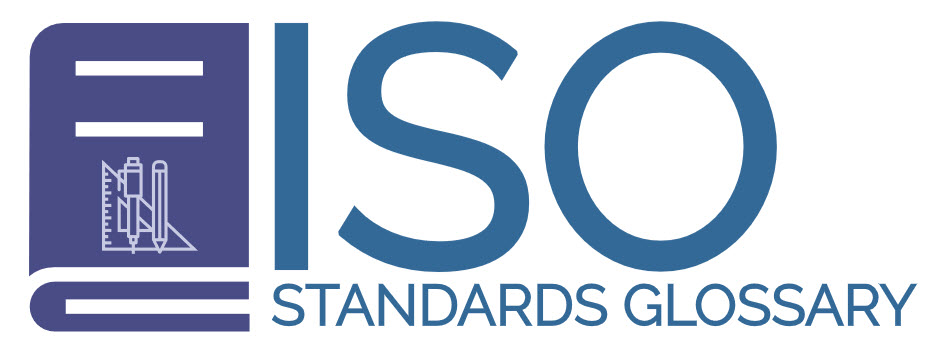The Importance of Trade Agreements in Harmonizing Standards
International trade serves as a fundamental pillar of the modern global economy. As businesses and consumers become more interconnected across different regions, the need for harmonized regulations and standards becomes increasingly important. Trade agreements play a pivotal role in this context by creating a consistent framework that facilitates smoother trade relations among nations, promoting efficiency, safety, and quality across international markets.
What Are Trade Agreements?
Trade agreements are formal treaties negotiated between two or more countries aimed at enhancing and facilitating trade by reducing or eliminating barriers. These barriers can include tariffs, quotas, and various restrictions that impede the free flow of goods and services from one nation to another. By entering into these agreements, countries endeavor to create an environment that supports trade activities, helps in liberalizing markets, and fosters economic growth. Not only do trade agreements aim to increase economic cooperation, but they also ensure fair competition by creating a level playing field for all producers involved.
Significance of Harmonized Standards
At the heart of successful international trade lies the concept of harmonized standards. Harmonized standards refer to uniform rules and criteria agreed upon by countries participating in trade agreements to maintain consistent levels of product quality and safety. The paramount importance of harmonized standards stems from their role in minimizing technical discrepancies across diverse markets.
Having consistent standards across countries helps in reducing costs related to modifications that businesses would otherwise be required to make when exporting their products. Moreover, harmonized standards reduce inefficiencies caused by different national regulations and thereby foster an efficient and competitive international marketplace. This compatibility not only benefits consumers with higher-quality products but also simplifies the manufacturing processes for producers by eliminating the need for multiple compliance procedures.
Trade Agreements and Standardization
Trade agreements directly contribute to the process of standardization in several significant ways. One of the primary mechanisms through which they achieve this is through Mutual Recognition Agreements (MRAs). In MRAs, countries agree to recognize each other’s regulatory assessments and certifications, facilitating easier market access for exporters and simplifying compliance procedures. Through such agreements, businesses can avoid duplicate testing and certifications, saving both time and money.
Another critical aspect of standardization in trade agreements is addressed through Technical Barriers to Trade (TBT) Agreements. These agreements particularly focus on preventing technical regulations, standards, and conformity assessment procedures from becoming unnecessary barriers to trade. TBT Agreements advocate for transparency in the setting, enforcing, and recognition of standards. By encouraging mutual recognition of standards, these agreements enable countries to adopt best practices from each other, fostering greater cooperation and minimize trade disputes.
Examples of Trade Agreements Promoting Harmonization
Across the globe, several trade agreements stand out as quintessential examples of promoting the harmonization of standards, contributing to more efficient and seamless trade relations:
1. United States-Mexico-Canada Agreement (USMCA): Formerly known as the North American Free Trade Agreement (NAFTA), the USMCA has been instrumental in streamlining various trade regulations among the United States, Canada, and Mexico. By setting a strong precedent for regional harmonization, this agreement exemplifies how aligned standards can simplify complexities, reduce administrative overhead, and fortify the ties among the member countries.
2. Comprehensive Economic and Trade Agreement (CETA): The CETA between the European Union and Canada provides another noteworthy example of trade agreements facilitating harmonization. By promoting regulatory cooperation and aligning standards across the Atlantic, CETA not only invigorates trade activities between the two entities but also sets the stage for innovation and growth by encouraging enterprises to explore transatlantic opportunities.
Beyond these examples, trade agreements often include specific provisions related to environmental standards, labor rights, intellectual property, and more. While these components might not be overtly discussed under the umbrella of harmonization, they indirectly promote alignment in expectations across borders, reducing potential conflicts and fostering more predictable trade relations.
In conclusion, trade agreements are critical instruments in the harmonization of standards in the realm of international trade. Through mechanisms like MRAs and TBT Agreements, trade agreements make significant contributions toward minimizing technical barriers and fostering mutual recognition among countries. The result is a more seamless and efficient global trade network characterized by high-quality products, transparent regulations, and cooperative environments conducive to innovation and economic growth. As countries continue to negotiate and renegotiate their trade relationships, the emphasis on shared standards will remain a focal point, ensuring that international trade continues to be a robust driver of global prosperity.

